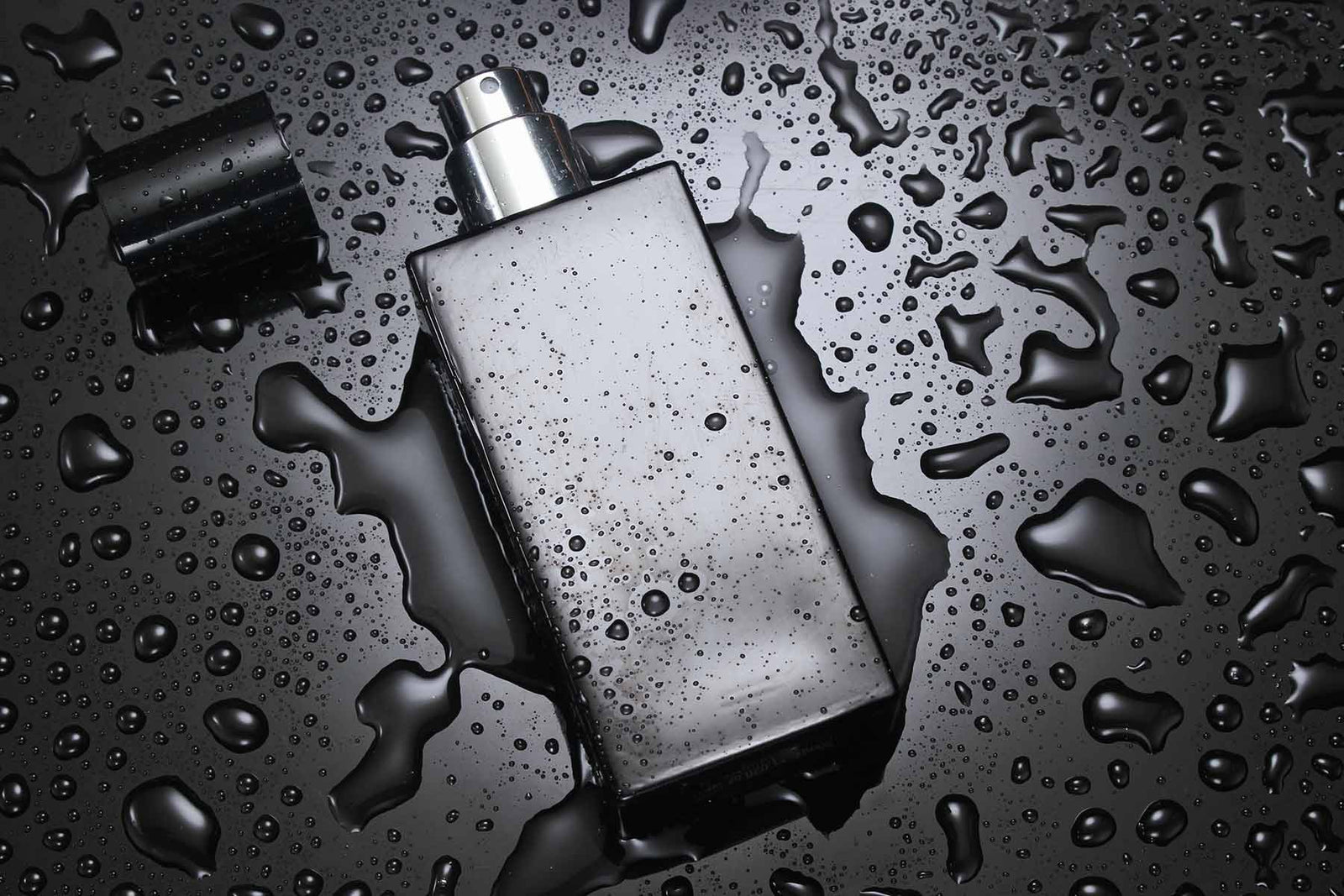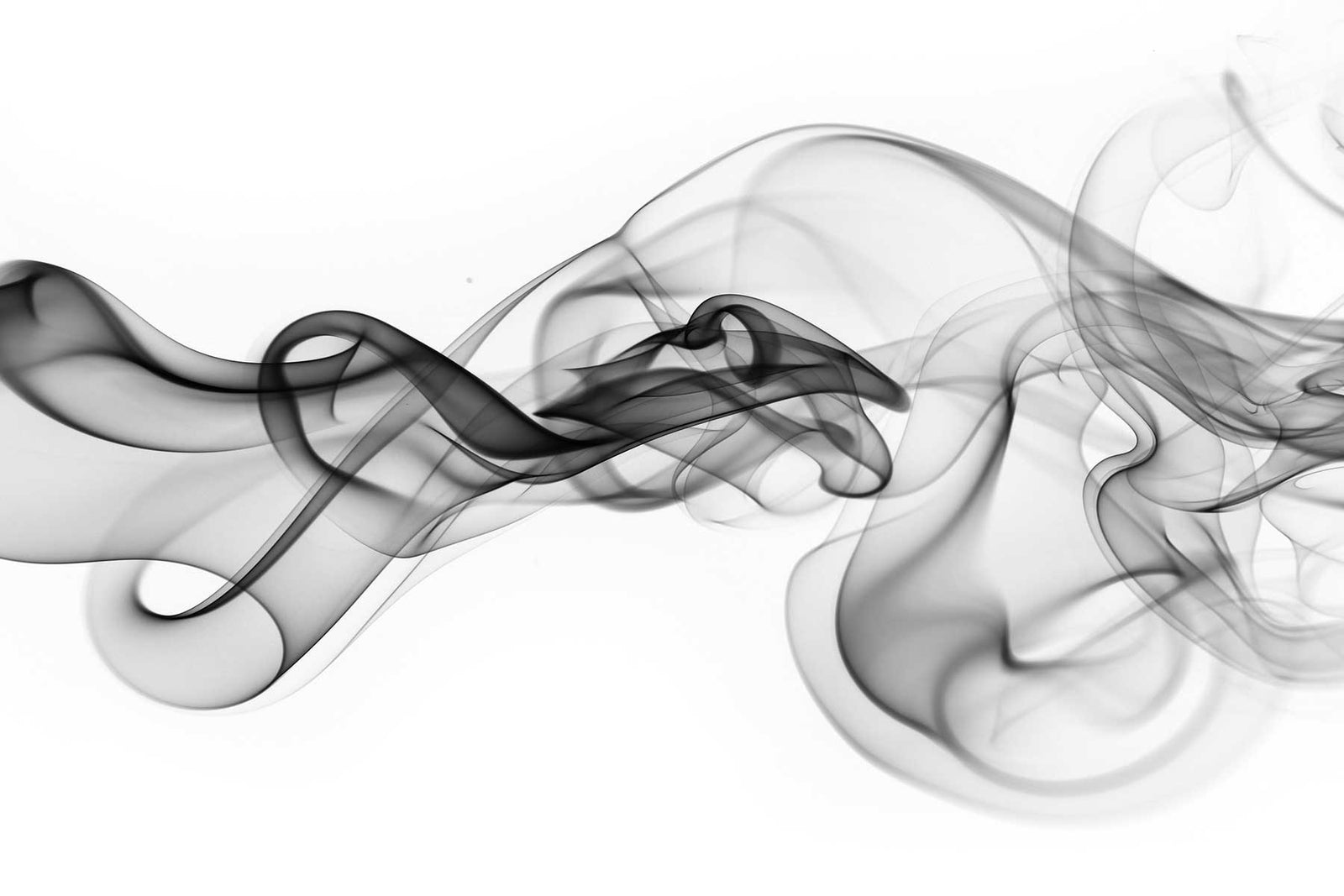Your Cart is Empty
Free Shipping orders over $100 (US only)
Menu

Free Shipping orders over $100 (US only)
Our Fragrances
Understanding IFRA 51st Amendment
by Nathan Motylinski 3 min read

IFRA 51st Amendment: Updates, Correct Categories & How to Use IFRA
All of our fragrance oils are fully compliant with the latest IFRA 51st Amendment Standards (announced June 30, 2023). Below is an overview of what changed, category definitions, and a quick guide on how to use IFRA when formulating.
Highlights of the IFRA 51st Amendment
- Clarification about paper products
- Clarification about categorization of fabric softener sheets, dryer sheets, and dry-cleaning kits
- Categorization of pillow sprays
- Categorization of reed diffusers
- Handling of trace components
- Phototoxicity considerations for Category 6 (oral/peri-oral products)
- Elimination of “sunblock” terminology in the guidance
- Make-up remover for face/eyes may include potential lip exposure
- “Aftershaves of all types” clarified in Category 4
- Over 50 new and revised Standards notified with the 51st Amendment
About IFRA
The International Fragrance Association (IFRA) sets science-based Standards to ensure fragrance safety across perfumes, cosmetics, personal care, home care, and more. IFRA’s work is informed by RIFM research and expressed through the IFRA Code of Practice.
How IFRA Regulates Fragrance
- Safety assessment: Toxicology, sensitization, and exposure evaluation.
- Usage limits: Maximum acceptable concentrations (MACs) for certain materials.
- Categories & Standards: Prohibitions, Restrictions, and Specifications by product category.
- Ongoing research: Updated as new science emerges.
- Transparency: Safety information supports informed formulation.
- Regulatory alignment: Widely adopted as global best practice.
Key Updates in IFRA 51 vs IFRA 50
- Refined risk assessment (QRA2) including aggregate exposure and systemic toxicity.
- Clarified placement for borderline products (e.g., body sprays, pillow sprays, reed diffusers).
- Phototoxicity policy notes for specific categories; clearer handling of traces.
- Updated Certificate of Conformity language and implementation timelines.
Representative Ingredient Changes (50th → 51st)
| Ingredient | Change | 50th (2021) | 51st (2023) |
|---|---|---|---|
| Dihydrocoumarin | Restriction updated | Restricted (2020) | Revised limit (2023) |
| p-Cresol / selected musks & ketones | New or revised entries | As listed | Updated 2023 entries |
| Tagetes oil & absolute | Phototoxicity clarified | Limits (2020) | Revised UV exposure notes (2023) |
Correct IFRA Product Categories (51st Amendment)
If a product spans multiple uses, apply the most restrictive category.
| Category | Description | Example products |
|---|---|---|
| 1 | Leave-on products applied to lips / potential ingestion | Lipstick, lip balm, certain toys with mouth contact |
| 2 | Leave-on products for the axillae | Deodorants, antiperspirants, body sprays (unless explicitly “not for underarm use”) |
| 3 | Applied to face with fingertips | Eye creams, facial makeup, makeup removers, face/body paint |
| 4 | Fine fragrance | Perfumes, colognes, aftershaves (all types) |
| 5A | Leave-on body products | Body lotion, body butter |
| 5B | Leave-on face products | Face moisturizer, night cream |
| 5C | Leave-on hand products | Hand cream |
| 5D | Baby leave-on products | Baby oil, baby lotion, baby powder |
| 6 | Oral hygiene (rinse-off) / peri-oral exposure | Toothpaste, mouthwash, breath spray |
| 7A | Rinse-off hair products | Shampoo, conditioner, rinse-off dyes |
| 7B | Leave-on hair products | Hair spray, leave-in conditioner, dry/waterless shampoo |
| 8 | Significant anogenital exposure | Intimate wipes, feminine sprays |
| 9 | Rinse-off body/hand exposure | Soap, shower gel, body wash |
| 10A | Household & fabric care (hand contact) | Reed diffusers, fabric sprays, hand dishwashing liquids |
| 10B | Household aerosols/sprays (possible skin contact) | Air fresheners, pet sprays |
| 11A | Intended skin contact; minimal transfer (no UV) | Paper towels/napkins; some liners/pads |
| 11B | Intended skin contact; minimal transfer (with UV) | Pillow sprays; UV-relevant substrates |
| 12 | Non-skin contact; minimal/insignificant transfer | Candles, incense, dry-air devices, paints |
Important clarifications: Body sprays are Category 2 unless clearly labeled not for axilla use (then treat as Category 4). Pillow sprays are Category 11B due to limited transfer to facial skin before drying. Reed diffusers are Category 10A because of handling exposure.
How to Use IFRA When Working with Fragrance (Quick Guide)
- Identify your product category. Use the table above; when in doubt, pick the more conservative category.
- Get the IFRA Certificate of Conformity from your fragrance supplier (shows restricted materials and category limits).
- Set your fragrance dosage in the finished product and confirm each restricted material remains within the category’s MAC.
- Apply special policies (e.g., phototoxicity) to skin-exposed categories; Category 12 is not subject to phototoxicity limits.
- Document compliance (certificates, calculations). If a product spans multiple uses, apply the most restrictive category.
Why IFRA Compliance Matters
- Consumer safety: Reduces sensitization, irritation, and phototoxic risks.
- Regulatory alignment: Supports global cosmetic and chemical frameworks.
- Brand trust: Retailers and customers value transparent, responsible formulation.
Leave a comment
Comments will be approved before showing up.
Also in Fragrant Thoughts

Perfume Labeling Requirements: US vs. EU
by Nathan Motylinski 3 min read
cosmetic compliance EU fragrance regulation fragrance allergen disclosure perfume labeling requirements U.S. perfume labeling law
Discover the key differences between U.S. and EU perfume labeling laws. Learn what must appear on fragrance labels, from ingredient lists to allergen disclosure, and get updated on the EU’s expansion from 26 to 80+ fragrance allergens.

ISO 9235 Standard Explained
by Nathan Motylinski 3 min read
clean fragrance fragrance compliance standard ISO 9235 fragrance standard natural fragrance oil plant-based fragrance formulation sustainable perfume ingredients
ISO 9235 is the international benchmark for defining natural fragrance oils and ensuring clarity in plant-based fragrance formulations. If you’re a perfumer, formulator, or brand working in the clean fragrance space, this standard matters.

Fragrance Regulatory: 50 Shades of Grey
by Nathan Motylinski 2 min read
Fragrance safety regulations can be confusing, even for us. While many folks think of IFRA limits as clearly black and white, they are really a constantly changing world of grey.
Read More